£14.99
Whispers of the Ancients: The Genetic Secrets of the Balkans: Myths, DNA, and the Untold Story of the Balkans
Their origins, migrations, and the transformations of entire peoples are written into the bloodlines of the present. Beneath the myths and legends passed down through centuries lies something far older—fragments of history encoded within us, waiting to be uncovered. The past is not lost. It lives, hidden in the shadows of time, waiting for those who dare to look.
| Dimensions | 15.24 × 1.19 × 22.86 cm |
|---|---|
| ASIN | B0DZVMXT56 |
| Publisher | Independently published (8 Mar. 2025) |
| Language | English |
| Paperback | 205 pages |
| ISBN-13 | 979-8313435114 |
| Dimensions | 15.24 x 1.19 x 22.86 cm |
Related products
Ancient Book of Jubilees
£5.99Compendium Of The Emerald Tablets
£32.40Rome and Attila: Rome’s Greatest Enemy (The Fall of the Roman Empire)
£11.99In the first major work written about Attila in decades, Nick Holmes rewrites the story of Attila and Rome. Contrary to his brutal legend, Attila was a complex and captivating personality. A great warlord who despised ostentation, admired bravery and valued loyalty.
He led his steppe nomads further west than Genghis Khan or Tamerlane. He nearly destroyed the Roman Empire. But his vast ambition undid him. This book is a must read for those interested in Rome, the Huns and military history.
This is the third volume in Nick Holmes’ series on The Fall of the Roman Empire. The first volume,
The Roman Revolution, covers the little known ‘crisis of the third century’ when barbarian invasions nearly destroyed classical Rome and led to a revolution in Roman government, the army and religion, including the extraordinary growth of Christianity. The second volume, The Fall of Rome, covers the barbarian invasions of the western half of the empire, culminating in the sack of Rome itself by the Goths in AD 410. Further volumes will continue Rome’s turbulent history, from its revival under the emperor Justinian to the rise of Islam, the beginnings of Byzantium and the dawn of the Middle Ages.Greek, Mesopotamia, Egypt & Rome: Fascinating Insights, Mythology, Stories, History & Knowledge From The World’s Most Interesting Civilizations & Empires: 4 books
Discover Myths, History & More From The World’s Most Ancient Civilizations!
Within this epic 4 book bundle are vibrant, exciting, and memorable characters – plus places, myths, history, legends and more from Ancient Greece, Mesopotamia, Egypt & Rome.
Included in this Captivating 4 Book Collection are:
- Ancient Egypt: Discover Fascinating History, Mythology, Gods, Goddesses, Pharaohs, Pyramids & More From The Mysterious Ancient Egyptian Civilisation.
- Greek Mythology: Explore The Timeless Tales Of Ancient Greece, The Myths, History & Legends of The Gods, Goddesses, Titans, Heroes, Monsters & More
- Mythology of Mesopotamia: Insights, Myths, Stories & History From The World’s Most Ancient Civilization. Sumerian, Akkadian, Babylonian, Persian, Assyrian.
- Roman Empire: Rise & The Fall. Explore The History, Mythology, Legends, Epic Battles & Lives Of The Emperors, Legions, Heroes, Gladiators & More
We promise that once you’ve finished reading you’ll not only take away a wealth of information – but you’ll own the experience as if you’ve lived it yourself!
That’s because we have a passion for presenting factual, enjoyable history and culture in a style that keeps you turning the pages. Our books aim to not only provide you with the knowledge but to create an experience…We want you to feel the mythology and history “brought alive”
Allow us then to guide you through the mysterious, fascinating and magnificent histories of Ancient Greece, Mesopotamia, Egypt & Rome. Gods, goddesses, kings, queens, pyramids, mythology, culture, battles, beliefs, rituals, love, war, and much more.
All This & Much More In This 4 Book Collection, including:
- The Timeline of Roman History – How did it all begin? And how did it end?
- The Ancient Origins & Story of The Olympics
- Introduction to the Sumerians, Assyrians, Persians & Babylonians.
- Egyptian Mythology, Gods & Goddesses – including, Ra; God of The Sun, Seth; God of Chaos, Osiris & more
- How The Roman Military Became The Most Powerful In The World.
- How Mesopotamia Laid Foundations for Human Civilization – technology, laws, education, languages & more.
- Ancient Greek Monsters – Medusa, The Hydra, Typhon, Cerberus & More!
- Love, War, Suicide & Venom – The Cleopatra, Caesar & Mark Antony Love Triangle
- Mesopotamian epics & myths, including the Epic of Gilgamesh, The Babylonian Creation Myth, The Enuma Elish & many more.
- Uncovering The Secrets of The Pyramids & The Mysteries Mummification
And much, much more…
It’s time to pull back the curtain and discover what it was really like back then. Get closer to those fantastic, colorful, and mysterious times.
Whether you’re a history enthusiast or just a curious reader…Inside you will discover a wealth of history, mythology, culture and more in this book.
Mesopotamia: A Captivating Guide to Ancient Mesopotamian History and Civilizations, Including the Sumerians and Sumerian Mythology, Gilgamesh, Ur, … Persian Empire (Exploring Ancient History)
£17.80- Sumerians: A Captivating Guide to Ancient Sumerian History, Sumerian Mythology and the Mesopotamian Empire of the Sumer Civilization
- Gilgamesh: A Captivating Guide to Gilgamesh the King and the Epic of Gilgamesh
- Ur: A Captivating Guide to One of the Most Important Sumerian City-States in Ancient Mesopotamia
- Assyrian History: A Captivating Guide to the Assyrians and Their Powerful Empire in Ancient Mesopotamia
- Babylon: A Captivating Guide to the Kingdom in Ancient Mesopotamia, Starting from the Akkadian Empire to the Battle of Opis Against Persia, Including Babylonian Mythology and the Legacy of Babylonia
- Hammurabi: A Captivating Guide to the Sixth King of the First Babylonian Dynasty, Including the Code of Hammurabi
- The Persian Empire: A Captivating Guide to the History of Persia, Starting from the Ancient Achaemenid, Parthian, and Sassanian Empires to the Safavid, Afsharid, and Qajar Dynasties
Some of the topics covered in part 1 of this book include:
- The Ancient Sumerians In a Nutshell
- The Social Structure of Ancient Sumerians
- The Religion and Mythology of Ancient Sumerians
- The Sumerian Kingdoms Chronology
- The Everyday Life of Ancient Sumerians
- And much, much more!
Some of the topics covered in part 2 of this book include:
- The History of the Epic
- All Eleven Tablets
- Sumerian Poems About Gilgamesh
- And much, much more!
In part 3 of this book, you will:
- Get a sense of how Ur came to existence, how it grew, reached its zenith, fell, re-rose, and ultimately perished until it reemerged a little over a century and a half ago
- Learn of its history, laden with wars, trade, divine worship, political corruption, and entertainment
- And much, much more!
Some of the topics covered in part 4 of this book include:
- The Assyrians Arrive in Mesopotamia: The Early Assyrian Period
- The Birth of a Civilization: The Old Assyrian Empire to the Middle Assyrian Empire
- The Beginning of the Neo-Assyrian Empire
- Imperial Expansion and the Golden Age of the Neo-Assyrian Empire
- The Fall of the Empire
- Assyrian Government
- And much, much more!
Some of the topics covered in part 5 of this book include:
- The Land of the Babylonians
- Life, Culture, and Gender Roles Throughout the Years
- Where Superstition Met Science
- Babylonia Before the Babylonians
- The Amorite Dynasty or the First Babylonians
- The First Fall of Babylon and the Rise of the Kassites
- Assyrian Domination and Rule, 911-619 BCE
- And much, much more!
Some of the topics covered in part 6 of this book include:
- Babylon Before Hammurabi: Position of the City in Mesopotamia, Early Rulers
- Rise of Hammurabi: Wars and Achievements Chronology of Hammurabi
- Hammurabi’s Character: Physical Appearance, Relations with Other Rulers, Glimpses of His Personality
- The Code of Hammurabi and Early Mesopotamian Law
- And much, much more!
Some of the topics covered in part 7 of this book include:
- Who Are the Persians? The History of Human Population in Iran
- The Birth of the Achaemenid Empire: The Rise and Reign of Cyrus the Great
- The Glory of the Achaemenid Empire: Cambyses & Darius
- And much, much more!
So if you want to learn more about Mesopotamia, scroll up and click the “add to cart” button!

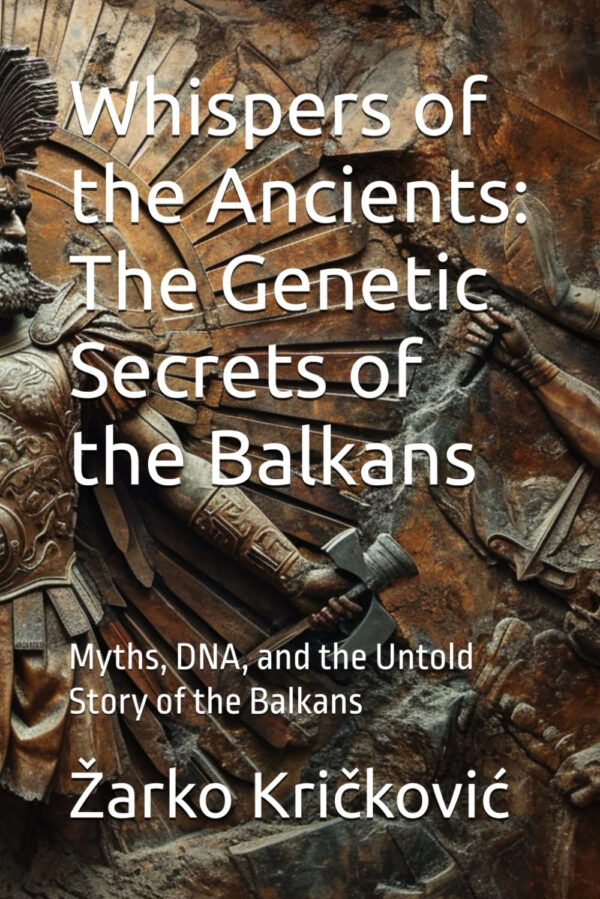
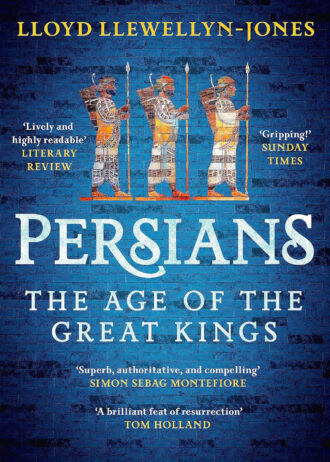
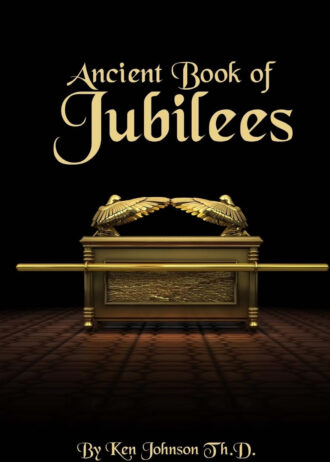


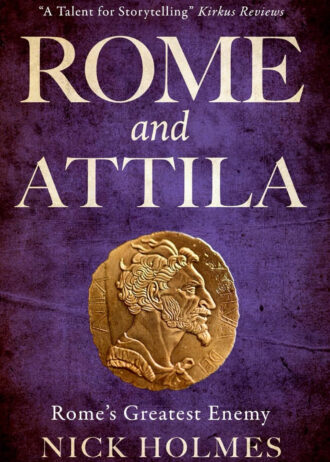



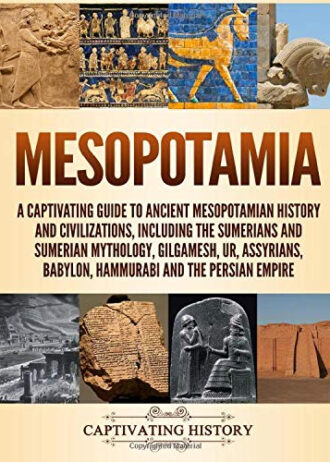
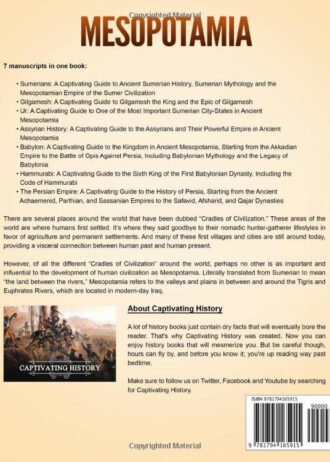
Reviews
There are no reviews yet.